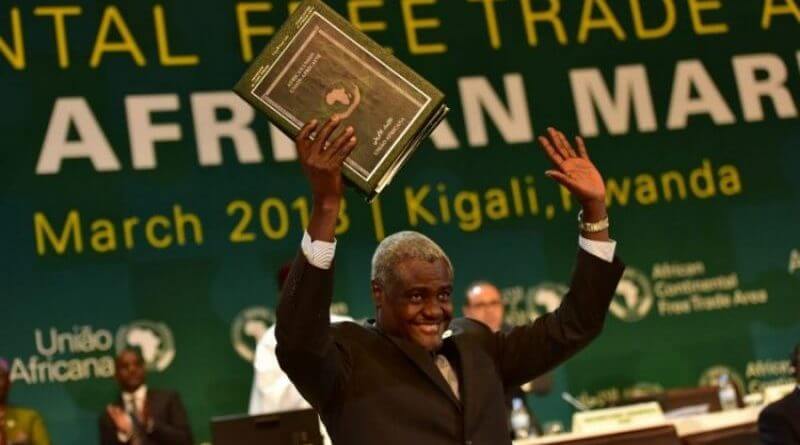
Our Projects are
Transforming African Trade
Quick Contacts
2nd Floor, Fidelity Insurance Centre Waiyaki Way, Westlands

ADDIS ABEBA – The implementation of the African Continental Free Trade Area (AfCFTA) in Eastern Africa could result in welfare gain amounting to USD 1.8 billion for East Africa, a new report says.
It could also boost intra-African exports by more than USD 1.1 billion and creating more than 2 million new jobs, says report jointly published by the UN Economic Commission for Africa (ECA) and Trademark East Africa.
Stephen Karingi, Director Regional Integration and Trade Division at the ECA, said that by 2040 the AfCFTA has the potential to increase the value of agricultural and food exports on the continent by US$16.8 billion.
Largest percentage increases – that is over 25 per cent in intra-African exports for industrial sectors – are found in textile, wearing apparel, leather, wood and paper, vehicle and transport, agro-foods such milk and dairy products, sugar, beverages, vegetables, fruit, nuts and rice, according to ECA’s recent estimates.
Boosts to intra-African trade
According to the report, the elimination of tariffs and non-tariff barriers required by the Agreement will boost intra-African trade and improve developmental prospects for East Africa, allowing regional firms to tap into the rapidly growing markets both within the region and throughout Africa.
However, the report stresses that many of the expected gains could be undermined if the needs and concerns of the private sector are not heard in order to gain an understanding of the impact on the affected sectors
This requires an understanding of needs at all levels including large, small and medium-sized enterprises, it says.
The report also notes that establishing regular platforms for public-private dialogues can help in identifying any challenges to implementation of the AfCFTA.
The newly launched report notes the ambitious nature of the AfCFTA: it is not simply a question of establishing a ‘free trade area’.
It liberalizes service sectors as well as merchandise goods.
The free trade deal aims to simplify investment and intellectual property regimes and create a common platform for competition policy as well as includes a Protocol on Free Movement, helping address the skills shortages constraining many sectors of the regional economy.
Source: Ethiopian Monitor
Disclaimer: The views and opinions expressed in this article are those of the authors and do not necessarily reflect the official policy or position of TradeMark Africa.